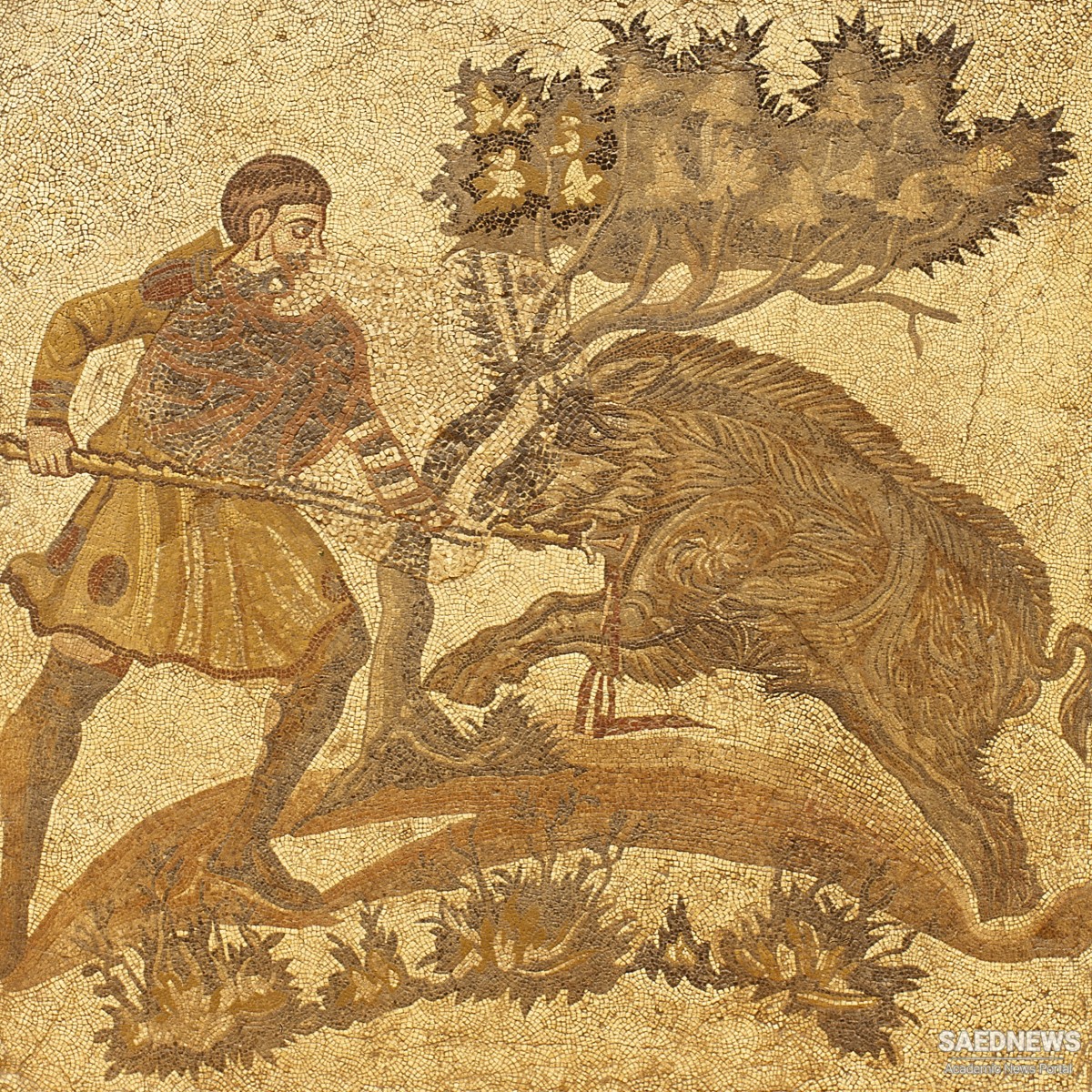Very few humans were as lucky as the Jomon people. In most places, necessity forced Stone Age hunter-gatherers to shift from hunting large animals to foraging for an ever-greater variety of wild foods. A slowly growing population needed more food, but previous migrations meant there were fewer places not already inhabited by other humans. With more mouths to feed and nowhere to go, people had to intensify their local foraging or starve. As good hunting grounds became crowded, hunters clashed more often; their skeletons, like the Ice Man’s, show marks of violence. There was another alternative, however: helping edible plants grow and raising captured animals. This happened quite independently in several places around the world, proving that food production was not the “invention” of some lone genius but a necessity that many people responded to in a similar fashion. Technological innovation, in this case growing plants and raising animals, was more of a change in culture and a new way of life than a new set of tools and artifacts.


 Hunting, Food Emergencies and Development of Elaborate Tools
Hunting, Food Emergencies and Development of Elaborate Tools














































